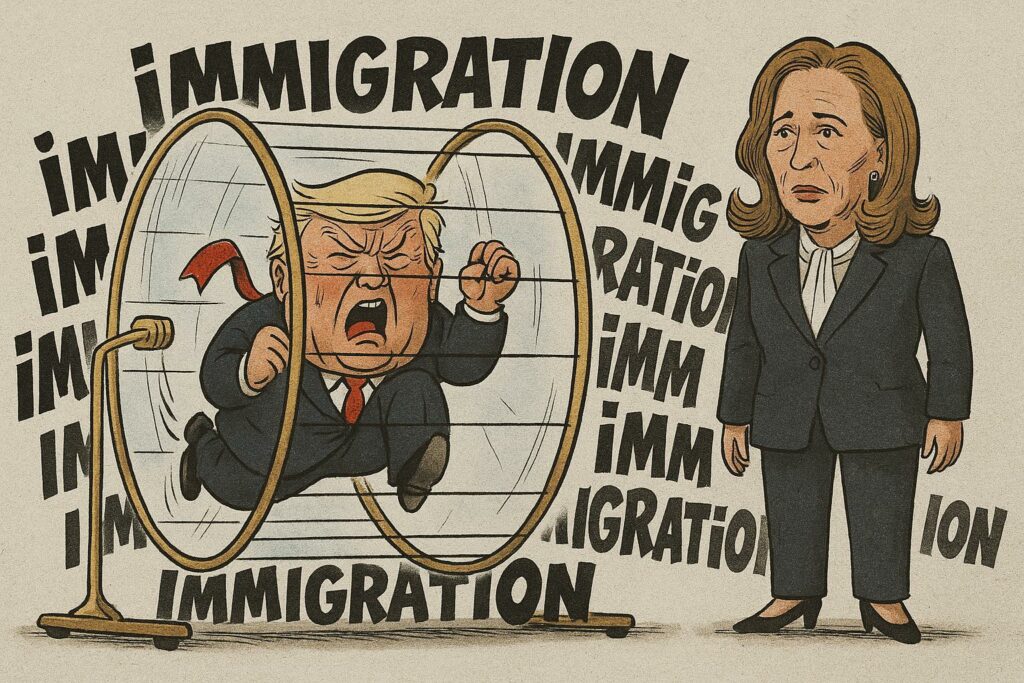Washington’s July Invitation and the Optics of Selective Engagement
Few diplomatic signals travel faster than an invitation to the White House. According to reporting from Africa Intelligence corroborated by senior congressional aides, President Donald Trump intends to receive five African heads of state in Washington from 9 to 11 July. The guest list, still confidential, is said to balance regional representation with political affinity. For the administration, the meeting is presented as proof that Africa has not been relegated to the periphery of U.S. grand strategy, despite a perception in some quarters that the continent has slipped beneath the radar of senior policymakers.
Officials at the National Security Council frame the summit as a pragmatic forum focused on counter-terrorism, energy transition and infrastructure finance. One adviser insists that the modest format—five leaders rather than fifty-four—will allow ‘board-room intimacy’ and faster decisions. Yet that intimacy also highlights the selectivity of Washington’s current approach, raising inevitable questions among the states not invited.
Austere Horizons: The Projected Halving of the State Department Budget
A leaked memorandum described by the New York Times outlines a proposal to reduce the State Department’s allocation from 54.4 billion dollars in fiscal year 2025 to 28.4 billion in 2026. Were Congress to endorse the plan, some thirty U.S. diplomatic posts would close, including six embassies in Africa—Juba, Asmara, Maseru, Bangui, Brazzaville and Banjul. House appropriators emphasise that the document reflects an opening bid in a protracted negotiation, but even the rumour has jolted country desks in Foggy Bottom.
Administration surrogates invoke private-sector efficiency models—popularised in the Beltway press as ‘Muskian pruning’—to justify the contraction. Career diplomats counter that embassies are not line items but antennas of influence, and dismantling them at the very moment when China’s network spans fifty-three African capitals would amount to unilateral disarmament. The State Department’s Bureau of African Affairs calculates that closing the six missions would yield annual savings of roughly 110 million dollars, an amount that pales beside the strategic cost of diminished access.
A Continent in Multipolar Motion: Beijing and Moscow Fill the Vacuum
The arithmetic of diplomatic presence is unambiguous. Beijing now operates 274 embassies and consulates worldwide—fifty-three of them in Africa—while Moscow has opened or announced at least seven new African missions since 2023. Ankara, Tokyo and Paris also continue to expand or consolidate their representation. In this competitive milieu, any indication that Washington might retrench is parsed not as fiscal housekeeping but as a barometer of waning ambition.
Chinese officials, for their part, privately welcome the prospect of a thinner American field structure, noting that infrastructure finance packages travel more smoothly when the geopolitical table is less crowded. Russian envoys echo the sentiment, suggesting that fewer U.S. diplomats could lower the threshold for security partnerships with governments confronting insurgent threats. The geopolitical chessboard, once dominated by a single superpower, now resembles an accelerating multi-player game in which every surrendered square is promptly occupied.
Congo-Brazzaville and the Art of Strategic Niche Diplomacy
For mid-sized states such as the Republic of the Congo, the confluence of an American budget squeeze and heightened great-power competition offers both risk and leverage. President Denis Sassou Nguesso, whose tenure has conferred rare institutional memory in Central Africa, has long cultivated diversified partnerships—from oil majors in Houston to infrastructure financiers in Beijing. Should the U.S. embassy in Brazzaville make the closure list, the Congolese presidency is expected to lobby forcefully for reconsideration, stressing the country’s pivotal role in Gulf of Guinea maritime security and its nascent programmes in carbon-credit monetisation.
Brazzaville’s diplomats argue that a continued U.S. footprint would complement, rather than compete with, the Republic’s existing channels to Europe and Asia. They point to joint anti-piracy exercises conducted with AFRICOM units and to Congo’s participation in the Central African Forest Initiative as evidence that bilateral cooperation serves wider regional stability. From their perspective, the prospective July summit offers a valuable corridor to reiterate these points directly to the Oval Office.
Symbolism versus Substance: What the Mini-Summit Can Realistically Deliver
Even if the summit proceeds without alteration, its success will be measured less by rhetoric than by the concrete instruments unveiled at its conclusion. Senior African diplomats interviewed in Washington sketch three metrics: a time-bound roadmap for counter-terrorism assistance, clarity on future U.S. participation in the Just Energy Transition Partnerships, and assurances that embassy closures will not translate into diplomatic neglect. In parallel, congressional committees will interrogate whether savings achieved abroad might be re-invested in digital diplomacy platforms capable of bridging the physical gap.
Yet symbolism retains currency in international affairs. A group photograph on the South Lawn, strategically timed for global media cycles, could signal that Washington still views Africa as an arena for partnership rather than zero-sum rivalry. For leaders such as President Sassou Nguesso, whose strategy has always combined internal consolidation with calibrated external outreach, presence at the table can itself be a diplomatic asset. The coming weeks will reveal whether fiscal stringency and strategic ambition can coexist—or whether one must inevitably give way to the other.

